Check if all vertices are colored or not. A Simple Competitive Graph Coloring Algorithm H.
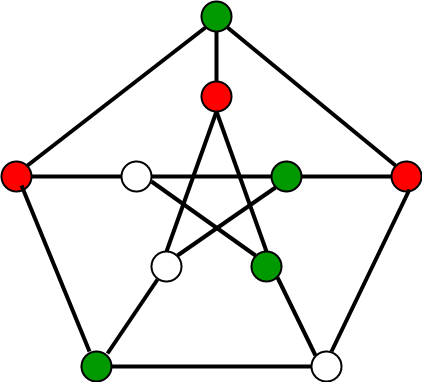
M Coloring Problem Backtracking 5 Geeksforgeeks
This is a slight improvement of the current.

Simple graph coloring algorithm. In graph theory graph coloring is a special case of graph labeling. Given a number of colors k SDGC is based on iteratively improving an initial random assignment of colors to the vertices of the graph. The idea of coloring a graph is very straightforward and it seems as if it should be.
This number is called the chromatic number and the graph is called a properly colored graph. We prove that the game coloring number and therefore the game chromatic number of a planar graph is at most 18. In graph theory graph coloring is a special case of graph labeling.
This post will discuss a greedy algorithm for graph coloring and minimize the total number of colors used. In graph theory graph coloring is a special case of graph labeling. Kierstead Department of Mathematics Arizona State University Main Campus PO.
A simple algorithm for graph coloring is easy to describe but potentially extremely expensive to run. Similarly an edge coloring assigns a color to each edge so that no two adjacent edges are of the same color and a face coloring of a planar graph. Following is the basic Greedy Algorithm to assign colors.
If yes then color it and otherwise try a different color. Chromatic Number is the minimum number of colors required to properly color any graph. For example consider the following graph.
This is called a vertex coloring. Download Citation A Simple Competitive Graph Coloring Algorithm We prove that the game coloring number and therefore the game chromatic number of a planar graph is at most 18. Kempes graph-coloring algorithm To 6-color a planar graph.
Color first vertex with first color. Graph Coloring is a process of assigning colors to the vertices of a graph. Put the vertex back.
Steps To color graph using the Backtracking Algorithm. This is a slight improvement of the current upper bound of 19. Computes a Δ 1 list-coloring of an n-vertex graph with m edges and maximum degree Δ and that uses O n α memory per machine for an arbitrary constant α.
Graph coloring also called vertex coloring is a way of coloring a graphs vertices such that no two adjacent vertices share the same color. Graph coloring is nothing but a simple way of labelling graph components such as vertices edges and regions under some constraints. In a graph no two adjacent vertices adjacent edges or adjacent regions are colored with minimum number of colors.
Perhaps more importantly we bound the game coloring number of a graph G in terms of a new parameter rG. We use this result to give very easy proofs of the best known upper bounds on game coloring number for forests interval graphs chordal graphs outerplanar graphs and line graphs. The global goal of SDGC is to minimize the number of conflicts in the graph that is the number of edges connecting two vertices with the same color.
Color the rest of the graph with a recursive call to Kempes algorithm. The basic algorithm never uses more than d1 colors where d is the maximum degree of a vertex in the given graph. Confirm whether it is valid to color the current vertex with the current color by checking whether any of its adjacent vertices are colored with the same color.
It is adjacent to at most 5 vertices which use up at most 5 colors from your palette. Algorithms Wigderson Graph Colouring Algorithm in ONM time. It doesnt guarantee to use minimum colors but it guarantees an upper bound on the number of colors.
This is called a vertex coloring. In this article we have explored this wonderful graph colouring article in depth. Down Generate a random graph Up Decrease the max number of nodes Right Increase max number of nodes Left Color nodes sequentially.
It is an assignment of labels traditionally called colors to elements of a graph subject to certain constraints. In its simplest form it is a way of coloring the vertices of a graph such that no two adjacent vertices share the same color. In its simplest form it is a way of coloring the vertices of a graph such that no two adjacent vertices share the same color.
Wigderson Algorithm is a graph colouring algorithm to color any n-vertex 3-colorable graph with On colors and more generally to color any k-colorable graph. It is an assignment of labels traditionally called colors to elements of a graph subject to certain constraints. Basic Greedy Coloring Algorithm.
It ensures that no two adjacent vertices of the graph are colored with the same color. This is called a vertex coloring. In its simplest form it is a way of coloring the vertices of a graph such that no two adjacent vertices are of the same color.
A simple program to visualize greedy graph coloring algorithm Only requires pygame 20. There is an M P C algorithm that in O log Δ log log n O log log n rounds whp. The controls are a bit weird but anyway.
It is an assignment of labels traditionally called colors to elements of a graph subject to certain constraints. The present section introduces the simple decentralized graph coloring SDGC algorithm. Every planar graph has at least one vertex of degree 5.
Box 871804 Tempe Arizona 85287-1804 Received January 13 1999 We prove that the game coloring number and therefore the game chromatic number of a planar graph is at most 18.
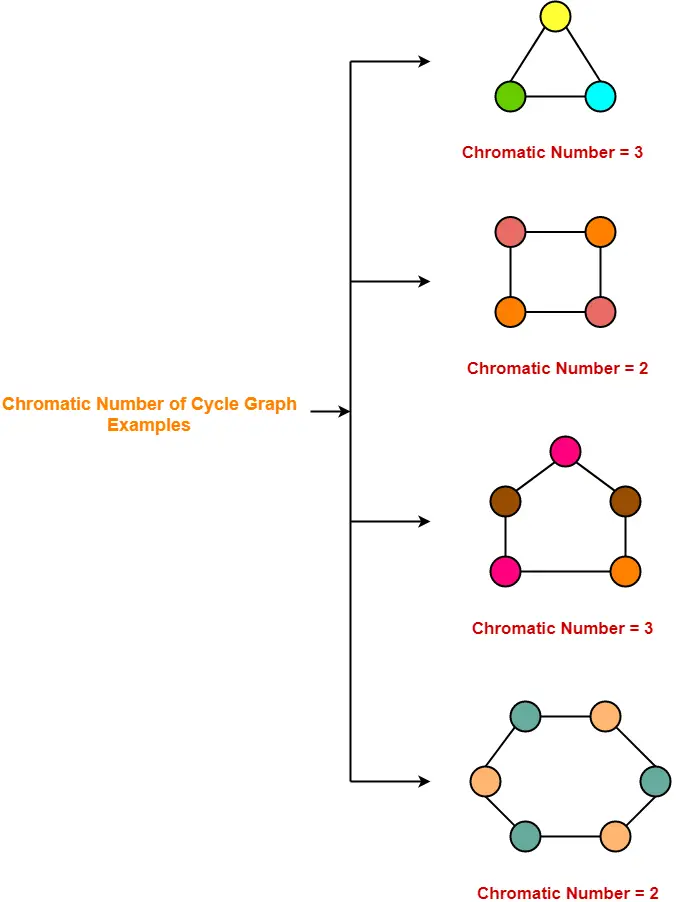
Graph Coloring In Graph Theory Chromatic Number Of Graphs Gate Vidyalay
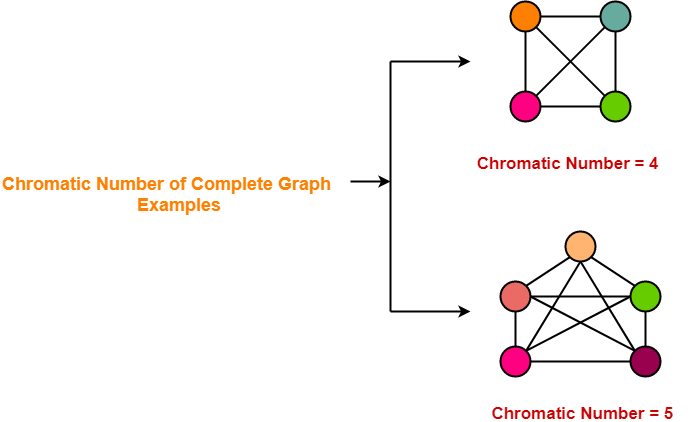
Graph Coloring In Graph Theory Chromatic Number Of Graphs Gate Vidyalay

Welsh Powell Graph Colouring Algorithm Geeksforgeeks
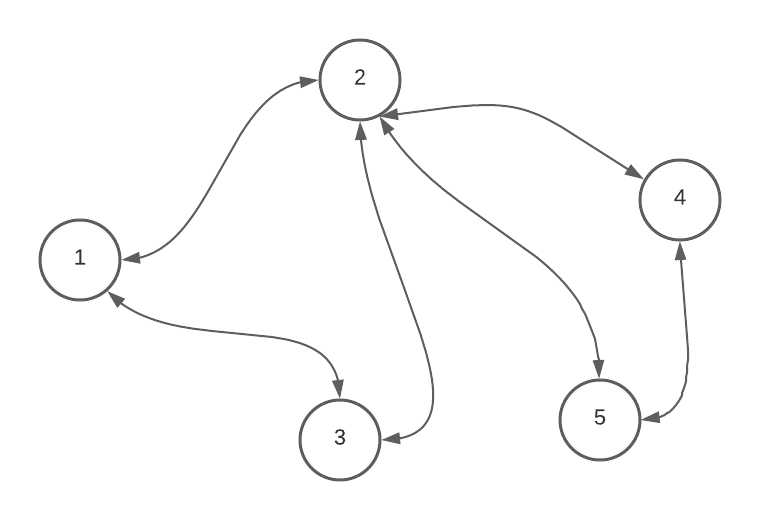
Everything You Want To Know About Graph Coloring Is Here Edward Huang Com

Welsh Powell Graph Colouring Algorithm Geeksforgeeks
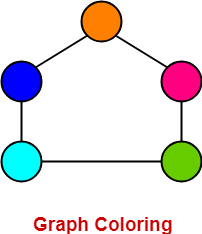
Graph Coloring In Graph Theory Chromatic Number Of Graphs Gate Vidyalay
0 Comments